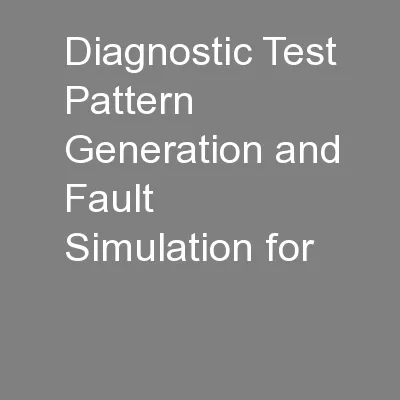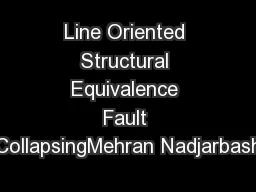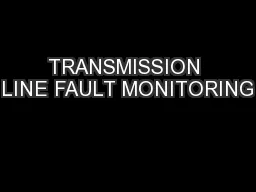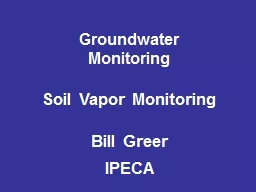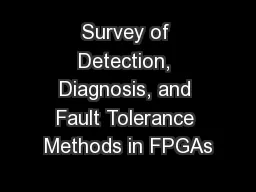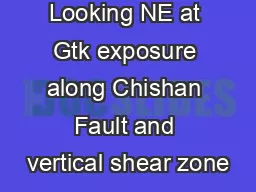PPT-Health Monitoring and Fault Detection
Author : myesha-ticknor | Published Date : 2016-07-11
of Clawpole Generators Siwei Cheng CEME Seminar April 2 2012 Advisor Dr Thomas G Habetler Condition Monitoring of Clawpole Generators Background The heart of
Presentation Embed Code
Download Presentation
Download Presentation The PPT/PDF document "Health Monitoring and Fault Detection" is the property of its rightful owner. Permission is granted to download and print the materials on this website for personal, non-commercial use only, and to display it on your personal computer provided you do not modify the materials and that you retain all copyright notices contained in the materials. By downloading content from our website, you accept the terms of this agreement.
Health Monitoring and Fault Detection: Transcript
Download Rules Of Document
"Health Monitoring and Fault Detection"The content belongs to its owner. You may download and print it for personal use, without modification, and keep all copyright notices. By downloading, you agree to these terms.
Related Documents



